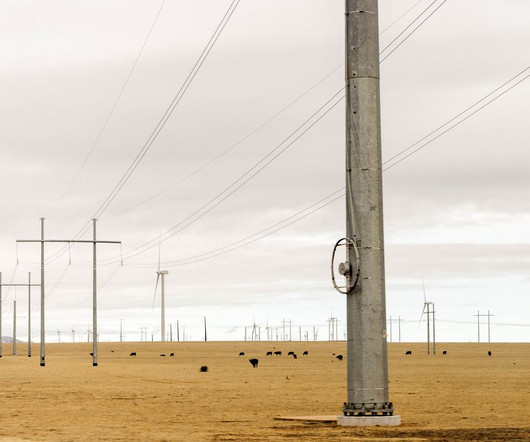BloombergNEF: solar, wind, batteries to attract $10T to 2050; curbing emissions long-term will require other technologies
Green Car Congress
JUNE 19, 2019
Deep declines in wind, solar and battery technology costs will result in a grid nearly half-powered by the two fast-growing renewable energy sources by 2050, according to the latest projections from BloombergNEF (BNEF). Wind and solar grow from 7% of generation today to 48% by 2050. This will attract $13.3




















Let's personalize your content